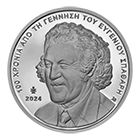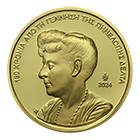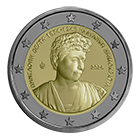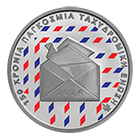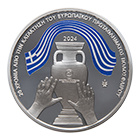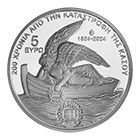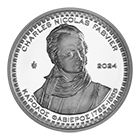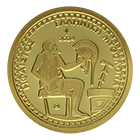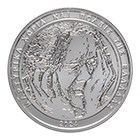

THE TEMPLE OF APOLLO EPIKOURIOS

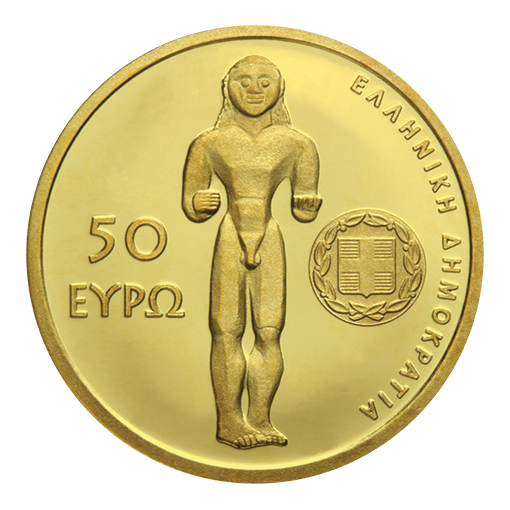
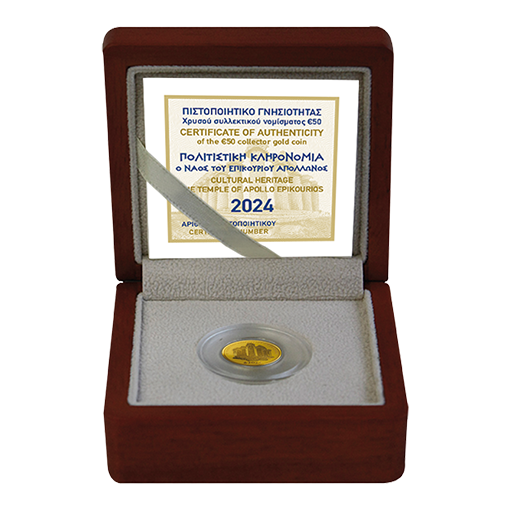
UNESCO-listed since 1986, the temple of Apollo Epikourios (“Apollo the helper”) stands at an elevation of 1,130 metres above sea level on the Arcadian highlands at Bassae (today Prefecture of Ilia). According to Pausanias, it was commissioned by the Arcadian city of Phigalia and was designed by Iktinos, architect of the Parthenon. The name Epikourios refers either to the healing powers of Apollo, who was believed to have saved the Phigalians from the plague, or to his patronage of Arcadian mercenaries (epikouroi).
It is one of the boldest and most original monuments of 5th-century classical architecture, as it combines all three orders: Doric (it had 6 x 15 Doric columns), Ionic (the interior was adorned with Ionic half-columns and a frieze with scenes of Greeks fighting Amazons and Lapiths fighting Centaurs) and Corinthian (in the inner sanctuary stood one column with the earliest known Corinthian capital).
It was first excavated by a team of foreign travellers in 1812 and today its frieze is exhibited at the British Museum. Due to its isolated location, the temple has survived in a fair state of preservation, albeit with serious static problems. The difficult restoration project has been entrusted to the Committee for the Conservation of the Temple of Apollo Epikourios.
Technical specifications
-
Learn about the Numismatic Programme 2024Download the pdf file
-
To order use the formDownload the pdf, fill out the form with your personal data and send via email



